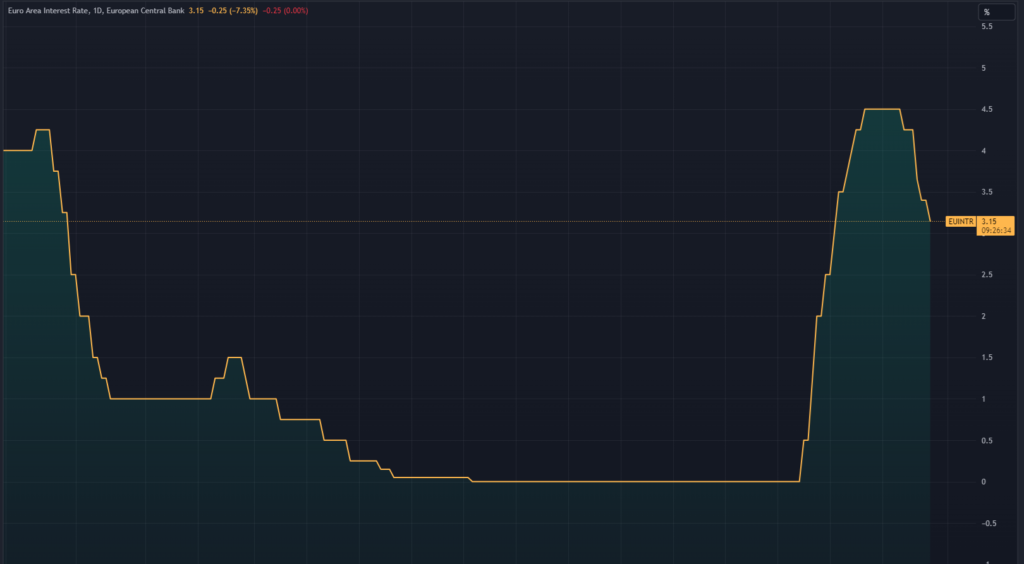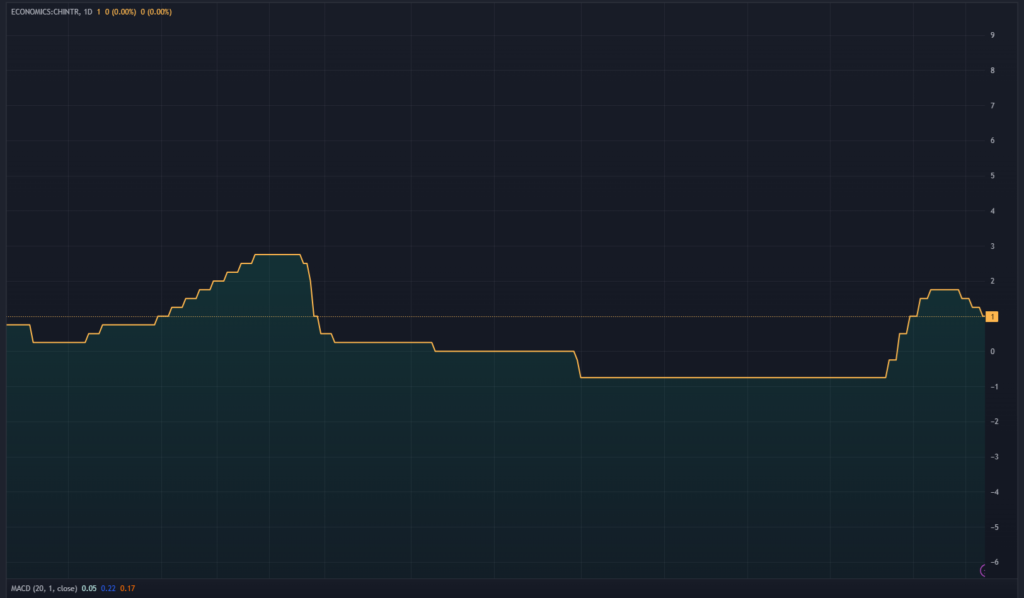The European Central Bank (ECB) and the Swiss National Bank (SNB) both took decisive action today, announcing significant interest rate cuts as part of their efforts to stimulate struggling economies and tackle persistent inflation shortfalls. These moves come amid global uncertainty, with central banks around the world re-evaluating their monetary policies.
ECB’s Rate Cut: Addressing Fragile Growth
The ECB reduced its main refinancing rate by 25 basis points to 3%, marking its fourth cut this year. This decision underscores the central bank’s ongoing efforts to bolster the Eurozone economy, which continues to grapple with political instability in France, weak industrial activity, and the looming threat of U.S. trade tariffs.
ECB President Christine Lagarde reiterated the bank’s commitment to achieving its 2% inflation target, emphasizing, “We will continue to adjust our policies as necessary to ensure economic stability and meet our inflation goals.” Markets are already pricing in the possibility of further cuts in early 2025 if economic data does not improve.

SNB: A Larger Cut with a Clear Goal
In Switzerland, the SNB took an even bolder step, slashing its policy rate by 50 basis points to 0.5%. This is the largest reduction by the SNB in nearly a decade, reflecting concerns over weaker-than-expected inflation and global economic uncertainties.
SNB Chairman Martin Schlegel highlighted the bank’s strategic vision: “While the likelihood of returning to negative interest rates has decreased, it remains a tool in our arsenal to combat deflationary pressures if required.” The SNB’s past success with negative rates in supporting exporters and weakening the franc makes this an option still under consideration for mid-2025.

Global Monetary Policy Context
The ECB and SNB’s rate cuts align with a broader global easing trend. The Federal Reserve recently reduced its own interest rates, and markets anticipate further action in the coming months. However, not all central banks are moving in this direction. The Bank of Japan has raised rates to counter unique domestic challenges, while China has introduced a significant fiscal stimulus package to reignite growth.
Market Implications and What’s Next
- Further Easing Expected
Both the ECB and SNB have left the door open for additional rate cuts. The ECB is likely to announce more reductions if inflation remains below target, while the SNB’s willingness to consider negative rates signals continued intervention in currency and inflation dynamics. - Currency and Market Volatility
The SNB’s emphasis on weakening the franc to support exporters could lead to increased foreign exchange interventions. For the Eurozone, lower rates are expected to support bond markets, while equities face mixed prospects amid concerns over economic stagnation. - Long-Term Risks
The SNB’s potential return to negative rates raises questions about the policy’s impact on savers, pension funds, and housing markets. Similarly, the ECB’s aggressive stance may exacerbate corporate debt vulnerabilities if credit growth outpaces economic expansion.
Conclusion
The ECB and SNB’s actions today highlight their proactive approach to navigating economic uncertainty. While these measures aim to combat deflationary pressures and stimulate growth, they also present long-term challenges for financial stability.
As the SNB edges closer to reintroducing negative interest rates and the ECB signals its readiness for further cuts, markets and policymakers alike will be watching closely to assess the effectiveness of these strategies in achieving sustainable economic recovery.